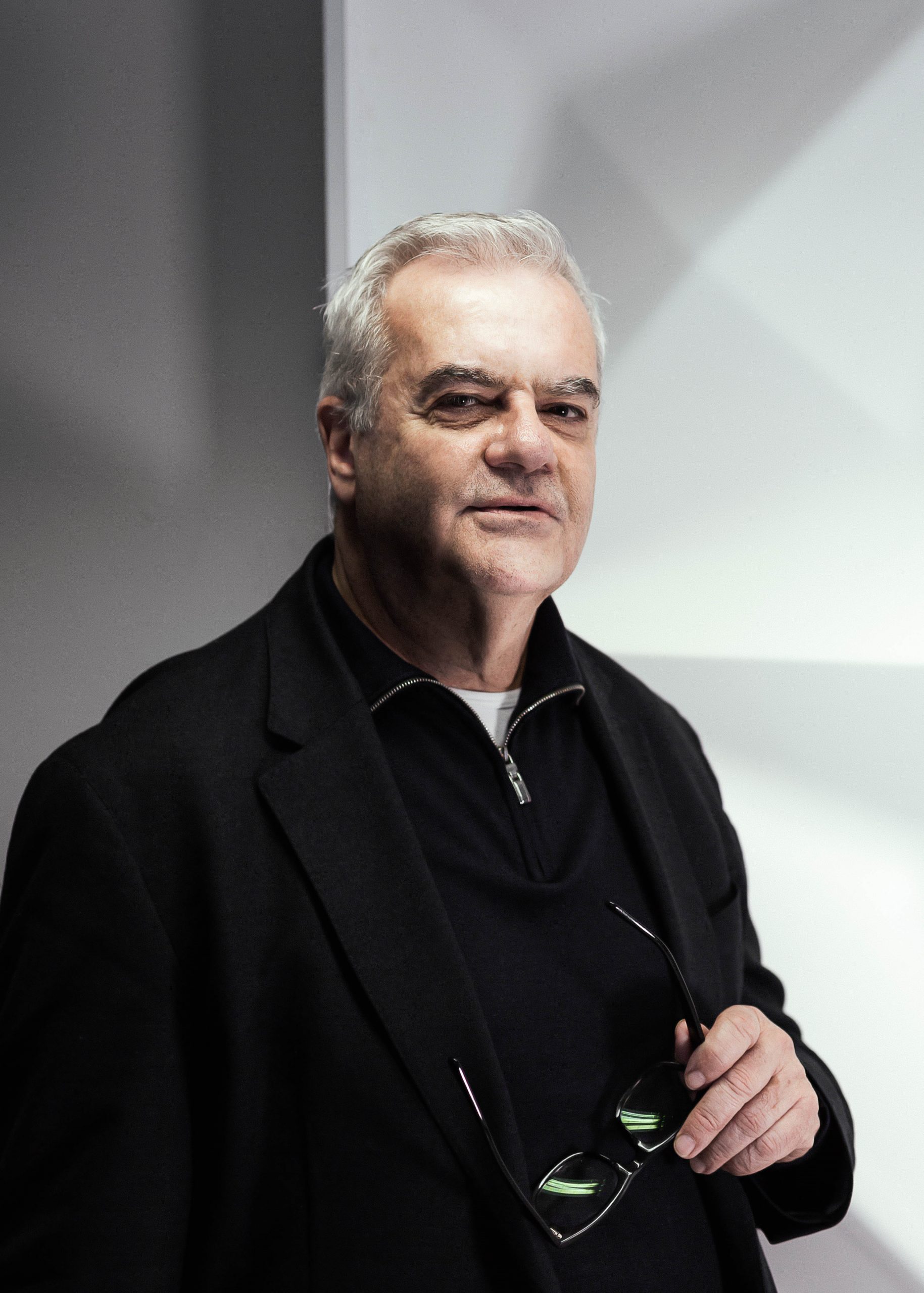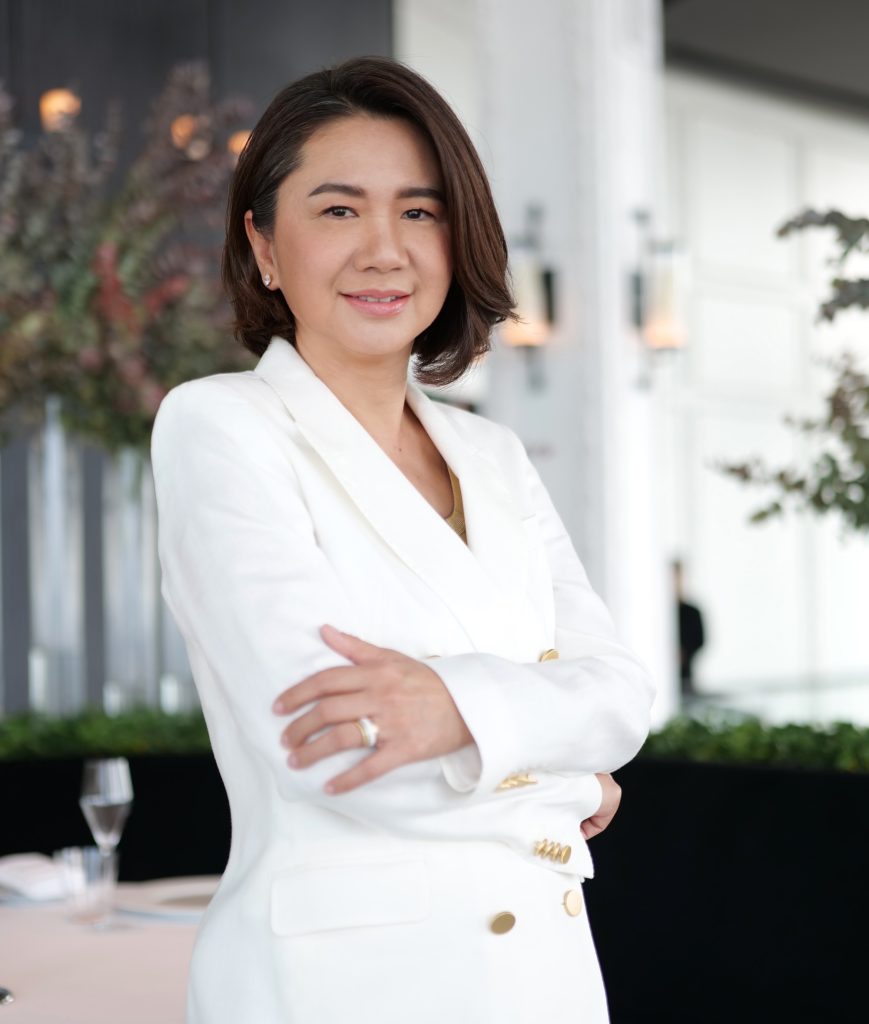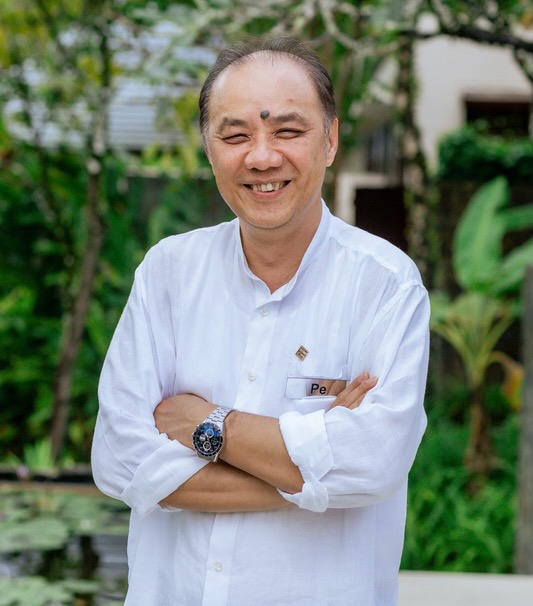Carlos qualified as an architect in Buenos Aires and worked extensively in Brazil and Europe before moving to London. In 1990, he founded Virgile & Stone Associates as a subsidiary of The Imagination Group, specialising in the retail, hotel and leisure sectors. The business was recently incorporated as an integrated offer within the Imagination Group in 2011 under the Virgile + Partners name.
In the leisure sector, his projects include the creation of speciality restaurants for Oberoi Hotels in India, new hotel interiors for the Rezidor and InterContinental brands across Europe and the new Hyatt Andaz hotel in Delhi.
In this piece, he elaborates on two distinctly emerging tropes within luxury hotel design – the traditional and the modern. He discusses the characteristics of both, how they are spurring designers on to create more nuanced projects across the globe, and ultimately how finding a balance between both styles may pave the way for a third, more contemporary category of international hotel design.
Could The Polarisation Within Luxury Hotel Experiences Lead To A New Innovative And Creative Design Style?
From the emergence of the safe and reassuring ‘cookie-cutter’ design approach of major hotel chains in the 1960’s to the development of traveling as an incredibly popular holiday activities, hotel brands and their designs have moved on significantly, together with the guests expectations of their overall experience.
In the last decade, there has been a noticeable global boom of hotel developments and refurbishments, in new emerging markets and sometimes unexpected geographical locations. City destinations across the globe are also very well serviced, expanding the choices available to thousands of business travellers and holiday makers alike.
Destinations such as the Middle East, India or China have vigorously expanded their room capacity responding to new demands and so too have major cities like London, Paris or New York, which always seem to find the ability to attract travellers at different levels of the market as well as room for yet another new hotel development plot.
The extraordinary expansion and diversification of big hotel brands has also created a conglomerate of sub-brands under larger hospitality ‘umbrellas’, which allow for more creativity and stretches the scope of each hotel’s design and its interiors. Within a more crowded and active market, brands must respond to specific demographic targets and cultural backgrounds as well as stand out from the competition to be noticed and succeed.
This wider scope is exciting as a business proposition and has opened a tremendous potential for change and design innovation.
Whilst the boom has generated out of the ordinary and unconventional results in many cases, the general outcome has been a polarisation of two contrasting differing styles. At one end of the spectrum is the top of luxury. It is characterised by traditional interpretations of rich, sumptuous residential interiors in many tones of beige and white marble, alongside elegant and generous flower displays for those who will be impressed. It is a joy for those who are able to afford the hotel fare – or are lucky enough to do so on expense accounts.
They respond to old and new generations of traveling guests whom this traditional idea of luxury away from home feels reassuring and soothing. Hotels brands such as Peninsula, Four Seasons and Mandarin Oriental has set the tone for many others and are amazing examples of the type but somehow feel predictable in their style, welcoming old and new world travellers with all the regalia and symbols of opulence and magnificence.
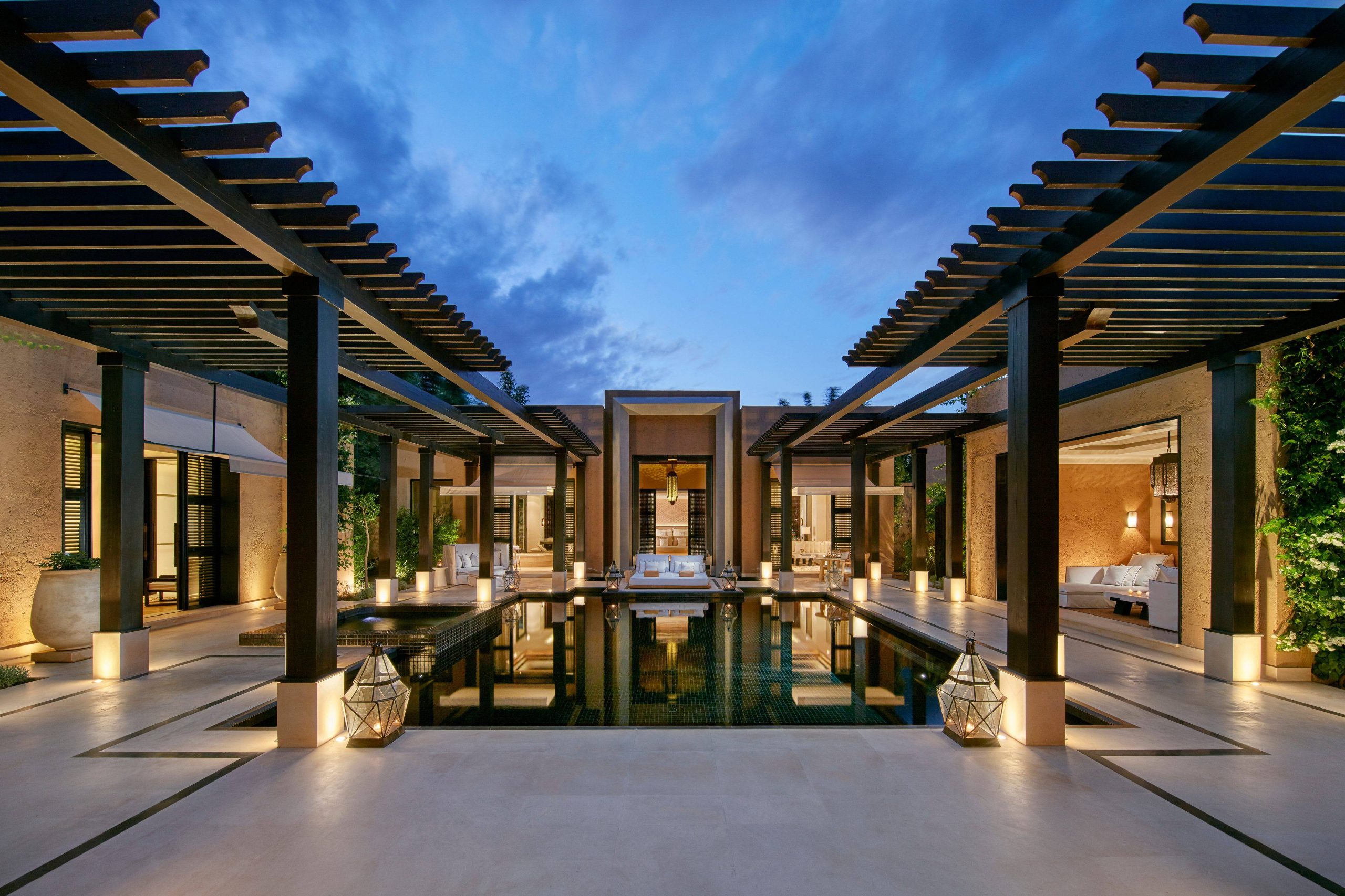
Image Mandarin Oriental Marrakech
At the other end of the scale there are the new ‘cool’ social spaces for younger audiences of Millennials and hipsters – a look best described as New Luxury.
The residential style is definitely different and more laidback and bohemian, almost alternative, but at the core seems as elitist as the traditional luxury hotels just with a much more relaxed persona as a target. Think Shoreditch and Soho House or the Ace hotels, the grey industrial loft concrete in contrast with comfy retro sofas and LED filament pendant light bulbs.
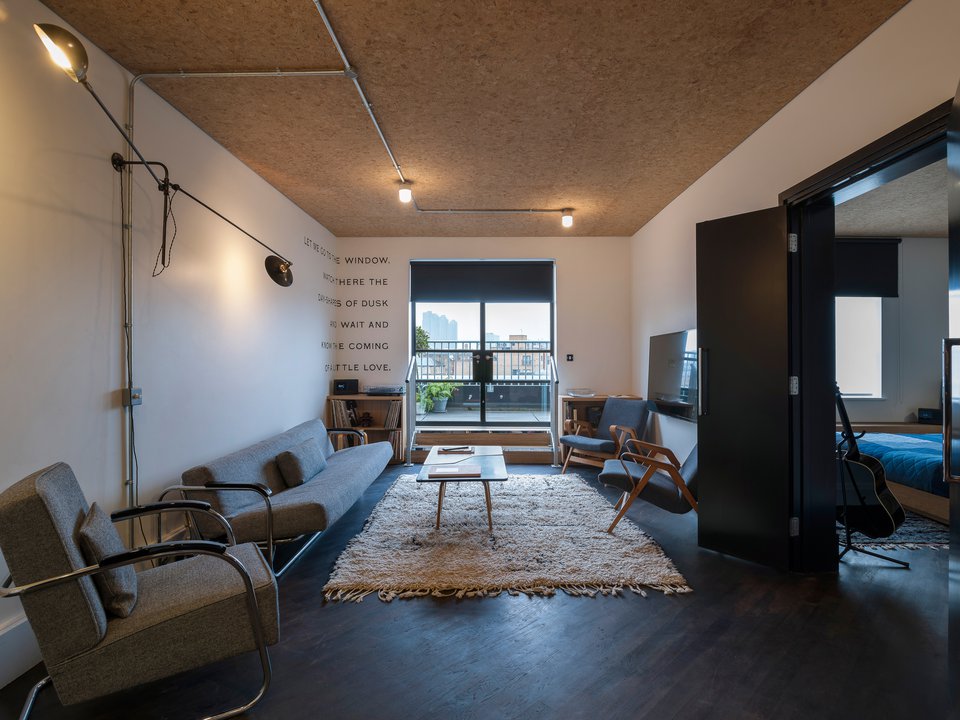
Image Ace Hotel Shoreditch London
The immediate feeling, as you enter the hotel lobby, is that one is part of an enlightened social club, populated by media influencers obsessively focusing on their laptop screens and artists on their days off.
They are the reflection of clear demographics but also of a strong market fragmentation defined by lifestyles and cultural differences and not so much by their income or expenses account. The two scenarios seem to have settled, well-defined formulas where guests feel comfortable and at home but find it difficult to experience originality and true character.
Perhaps the conflict and tension of the two poles of old and new luxury has reached a moment when brands and their designers could try playing at both ends and create a new type of hotel identity.
The immediate future of hotel design might be to successfully combine these opposite extremes, bringing to life a different class of hospitality environment that is simultaneously cool in spirit and rich and sumptuous in its delivery.

